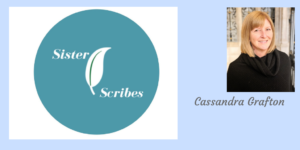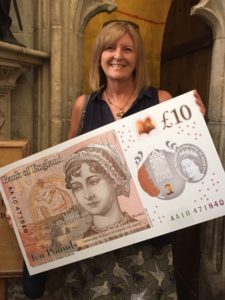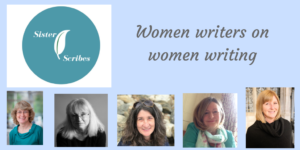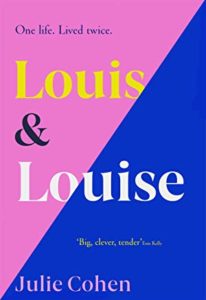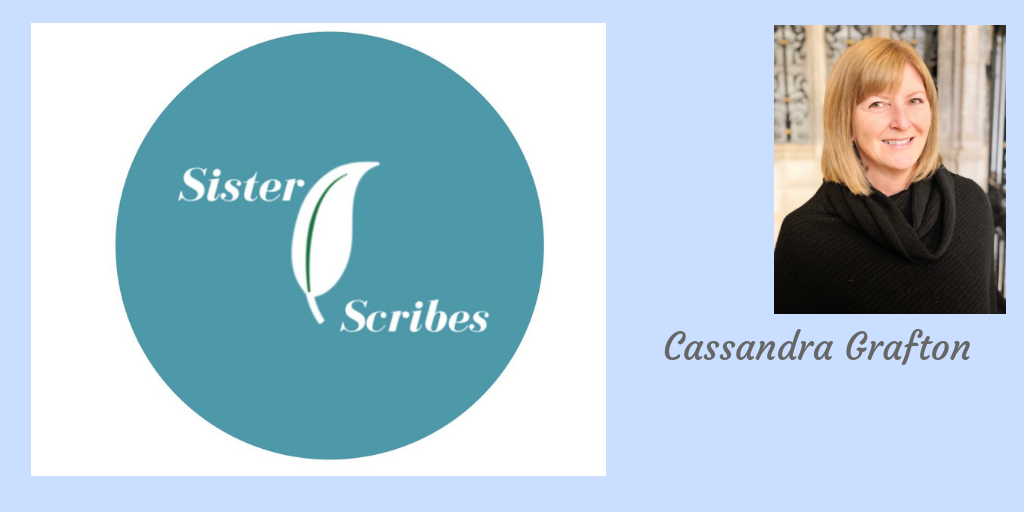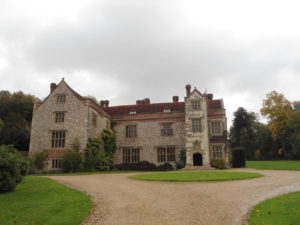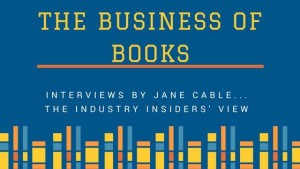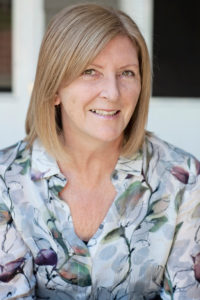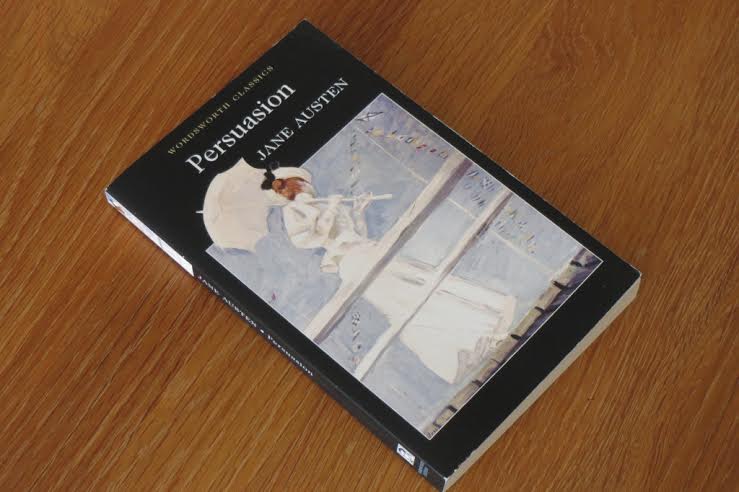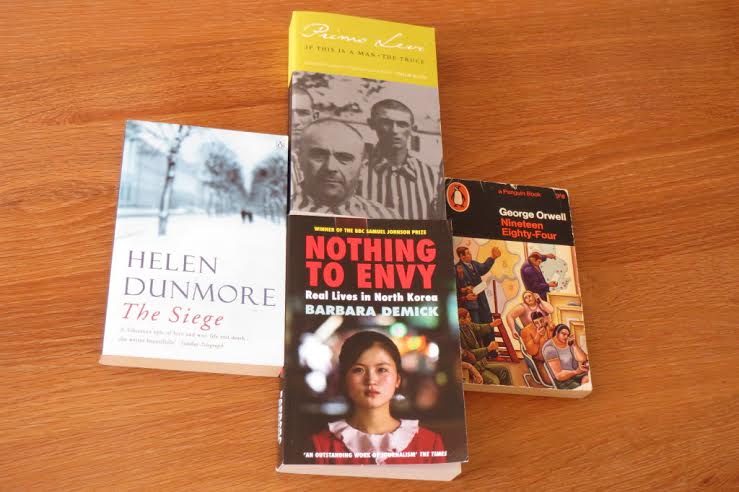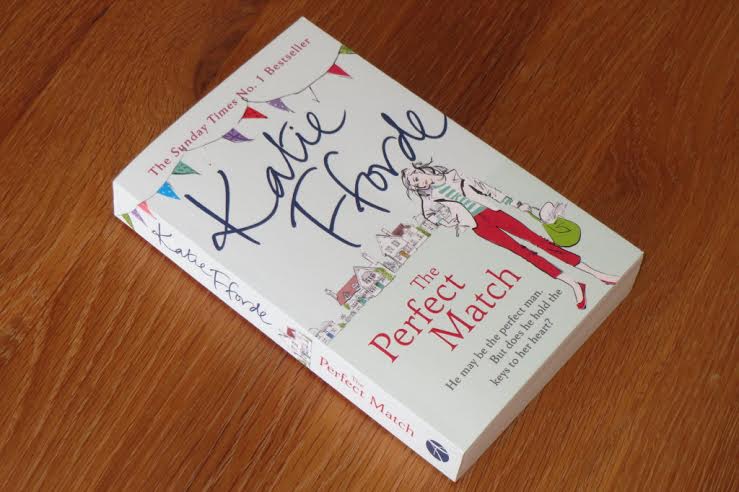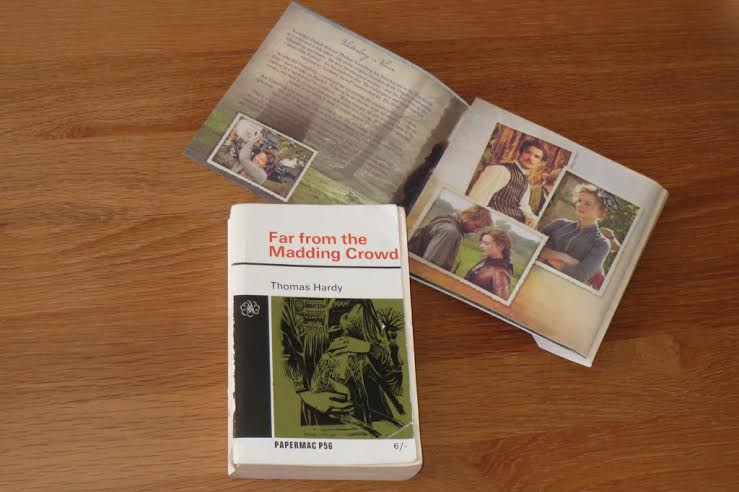As the 18th century drew to a close, a young Jane Austen was busy writing the first draft of a novel called First Impressions.
A parson’s daughter, she was growing up in the country idyll of rural Steventon, Hampshire, surrounded by a lively and intelligent family. As the new century dawned, however, Austen’s life underwent significant change, and it was 1812 before she put the finishing touches to First Impressions, now renamed Pride & Prejudice (publishing it in January 1813).
In There’s Something About Darcy, Dr Gabrielle Malcolm delves with a steady hand into how Pride & Prejudice’s hero, Fitzwilliam Darcy, has endured across the centuries, inspired other writers and why he continues to hold such appeal (and not just for those who adore Colin Firth’s visual interpretation and that infamous wet shirt scene).
The opening chapters begin with a fascinating and insightful look at the progression of Darcy’s interest in Elizabeth Bennet. Malcolm’s exploration of the confusion and contradiction of Darcy’s feelings is both fun to read and enlightening. This is a thorough analysis of the man and what he is experiencing, and those who love getting inside Darcy’s head will relish these chapters.
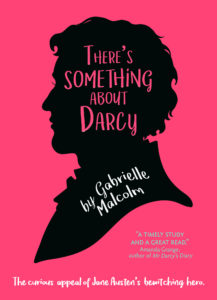 Subsequent chapters go on to examine in great depth how Jane Austen’s depiction of Darcy has influenced other writers – even those who were not known for admiring Austen’s works. Well-researched and informative chapters explore and analyse Darcy’s descendants across the nineteenth century, through to the Regency romances, on into the twentieth century and onwards to the present day.
Subsequent chapters go on to examine in great depth how Jane Austen’s depiction of Darcy has influenced other writers – even those who were not known for admiring Austen’s works. Well-researched and informative chapters explore and analyse Darcy’s descendants across the nineteenth century, through to the Regency romances, on into the twentieth century and onwards to the present day.
There’s a fabulous chapter about Darcy on screen, exploring the various adaptations and Malcolm’s in-depth study will delight fans of any or all of these productions, from Laurence Oliver, David Rintoul, Colin Firth and Matthew Macfadyen’s more ‘traditional’ – I use the word loosely – interpretations to the more diverse eg Elliot Cowan’s in Lost in Austen and Sam Riley in Pride, Prejudice & Zombies.
A further chapter probes the interest in and fascination for ‘more’ Darcy, with an endless stream of Pride & Prejudice-inspired prequels, sequels and what ifs out there, and more coming every day, from the many authors (and for the many readers) who just can’t get enough of Darcy. This includes well-established authors not normally known for writing Austen-inspired works, from re-writes of Austen’s classics by eg Joanna Trollope and Curtis Sittenfeld, re-imaginations such as Longbourn by Jo Baker, to Death Comes to Pemberley, a ‘what-if sequel’ from the pen of P D James.
The final chapter is fittingly called ‘Unwavering, Enduring: Darcy – a hero for all time’, touching upon the more recent incarnations, from Helen Fielding’s Bridget Jones’ Diary series, the time-travel escapism of Lost in Austen and onwards to Bernie Su’s award-winning YouTube adaptation, The Lizzie Bennet Diaries.
As Malcolm says in her book, ‘Darcy as the influence for other prominent writers cements his significance further in a commercial and cultural context.’
It seems extremely fitting that a character from a book with the working title of First Impressions has left such a lasting impression upon generation after generation of writers and readers.
A must-have for any dedicated Jane Austen fan, Dr Gabrielle Malcolm’s There’s Something About Darcy is an informative, fascinating read, and I highly recommend it.
There’s Something About Darcy is available for pre-order through this link: https://www.amazon.co.uk/Theres-Something-About-Darcy-bewitching/dp/1911445561/
Dr Gabrielle Malcolm is a freelance writer and artist. She edited ‘Fan Phenomena: Jane Austen’ (Intellect Books), wrote three plays for Moon On A Stick children’s theatre company, and writes scripts for web series and short films for international clients. Her forthcoming non-fiction book, ‘There’s Something About Darcy’, is released on 11th November 2019 with Endeavour Quill.

